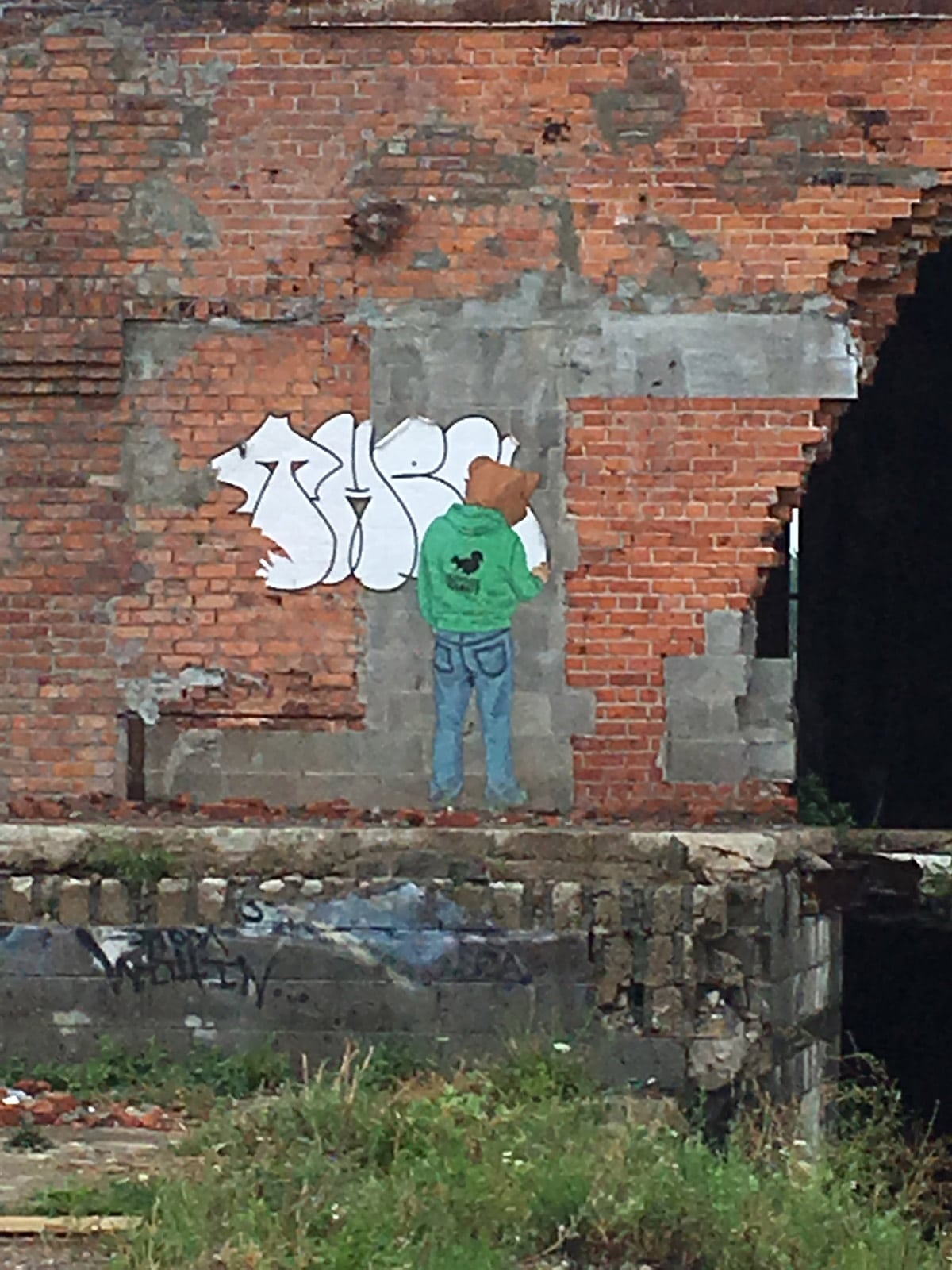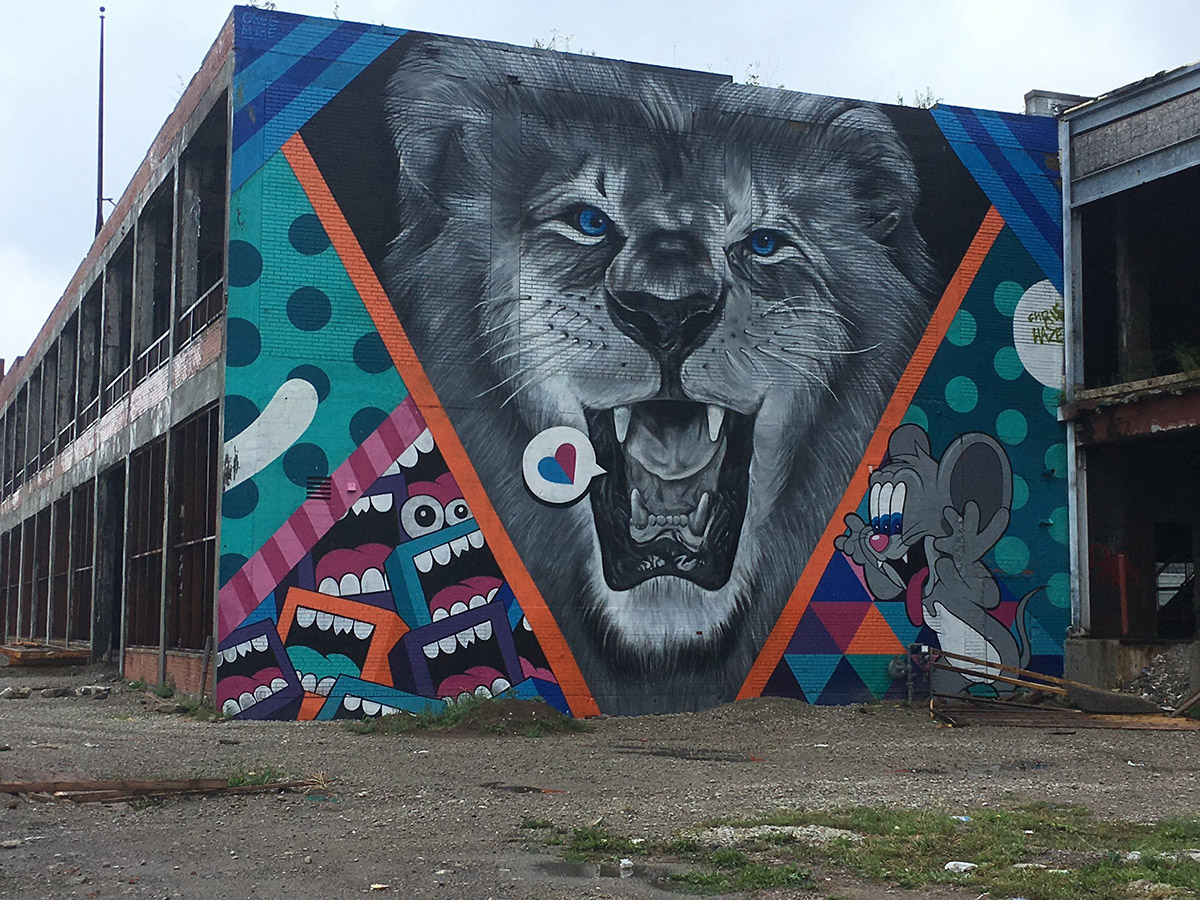
By Malika N Pryor.
When I moved to The Bahamas in 2013, I knew that it was possible to encounter one of them. Like the unspeakable name of a villain in a famous children’s book turned film series, I talked about the storms that originated on the shores of West Africa in a low voice, as if I’d awaken them if spoken at a regular volume. Most Nassau residents I encountered were largely unbothered, and I was amazed at how casual most were when it came to the conversation of hurricanes. Then, in 2015 Joaquin hit the southern islands and I realised how incredibly close they could be. I ached for those who had lost nearly everything and for their family members who watched from their screens in New Providence.
Then, there was Matthew. We always speak of them, hurricanes, by a single name with contempt, as if they are estranged friends or lovers – the family member no one wants to see at the annual reunion. ‘He’ levelled settlements in Andros, ripping homes, forest and lives to pieces in Freeport and New Providence. During Matthew, I bottled up the agony and hid it behind my lungs. That way, I could breathe for the sake of my tender one-year old that I held in my arms. When she slept, I would sneak into the one room, where there was still a small bit of light showing through a window and watch palm trees dance. They moved to the cadence of wind. Matthew’s call. His invitation. His command. He walked slowly and painfully across the backs of our neighbours like Haiti and Cuba, nearly breaking them.

Street art in the Eastern Market District, Detroit. All images by Malika Pryor Martin
Then came Irma and it would permanently change the way that I saw wind and rain swirling in the ocean and hammering against the shores of islands and states, nullifying countries. How does a nation become uninhabitable? Then, I considered my hometown, not just because of its recent bouts with near obliteration, but also because I was there, evacuated by the U.S. Embassy, a luxury my foreignness allowed me. Watching from hundreds of miles away, I agonised over my friends, neighbours and family that I had left behind as the Category 5 barreled towards Nassau, just a day or so after destroying Barbuda. There’s a saying about making something out of nothing, but how does one make a life out of ash and rubble, the vestiges of one’s actual former home? This is the question that now faces much of the Caribbean and our southern family Islands are included in that deeply affected number.
I was overwhelmed by the size of the storm and my worry over everything that I could not control: would there be a home to return to; would my entire family, left behind, survive; would those evacuated from the most vulnerable areas ultimately lose both their homes and their loved ones. The news updated us hourly, sometimes by the minute while I sat in my mother’s living room. Nassau was spared. Florida was her next target. I turned to art, a thing I could understand, an object that could move me, but only figuratively.
Standing in places I knew well – museums, and in them, I found solace even if I didn’t find answers.

Art on an abandoned and deteriorating building in the city. All images by Malika Pryor Martin
I am a woman whose core identity has been shaped by spaces, both lived and imagined. But none have been more impactful than the city of my birth: Detroit. We are the home of the automobile, Afro-futurism and Motown. We are also home to one of the most historically significant occurrences of 1960s American history and urban lore. It was a storm of sorts, which started, like every hurricane, as a strong wave. In hindsight, the 1967 Rebellion was inevitable. At that time, America was in ‘riot’ season. The weather was ripe and the air was rife with institutional terror and singular fearlessness. Eight days became a decades’ old nightmare, from which the city of Detroit has yet to fully recover.
However, I didn’t grow up in a city that operated as if it had been marred. We lived. Family cookouts and slow riding down Jefferson Avenue, the city’s southerly most thoroughfare. We sang songs from windows as we celebrated high school graduations and wedding proposals. No one was safe from spontaneous Hustle competitions. In the Caribbean, it’s called the Electric Slide. Both have official anthems.
Then, there was the Great Recession (which operated more like a depression for Detroit). Neighbourhoods I’d known my entire life, streets I’d run down and friends’ homes at which I’d played were barren. Some houses were missing from the block as if they’d been intentionally plucked; others – with roofs and doors removed. These were no longer communities. They were ghosts, of the very real and incredibly frightening kind. Businesses that had once provided services to families just yards away were boarded, open signs replaced with splintered wood and chains with heavy locks hanging from them. Some likened the scene to a war zone. Others, the effects of a natural disaster.
Art, perhaps considered a luxury by most (especially when considering the carnage of hurricanes and economic downturns), became a source of hope and clarity for the trauma of the ’67 Rebellion in Detroit and also of the continued economic distress the city would face for an enormity of reasons. The people of that time and of the times since, created. Telling the stories, breaking the chains, and constructing new ways for city natives to see themselves and their evolving Detroit landscape.

Additional street art in the Eastern Market District, Detroit. All images by Malika Pryor Martin
Abandoned spaces were adopted by street artists, who saw through broken windows and into the future. 50 years after fire and bullets filled many communities in Detroit, three regional museums decided to uncover and express what that moment meant, through art. In two pieces, a woman who was a young artist in 1967, went about finding objects in the directly affected areas shortly after the smoke had cleared: charred wood; torn tires; ripped fabric and bent signs. With paint and canvas, she constructed disturbing mixed media works that wore both figuratively and literally the scars of the city. In a time when art was being cut from schoolrooms, in these exhibition galleries, it served as the primary means to speak of a painful history, that for some was too difficult to discuss otherwise.
When looking at the results of an Irma from overhead, driving through Nassau after Matthew, I wonder how art will tell this story. How will arts and cultural institutions, like the National Art Gallery of The Bahamas, venture to discuss the seemingly unspeakable but so critical and necessary? How will we build away from coasts when our entire island is coastal, constructing for a new world where seas are higher and warmer and angrier. In Detroit, there are many structures, seen and unseen that have been forgotten, while others are being revitalised. What will The Bahamas choose to remember and which will it choose to forget? Through which broken windows will the next generation of artists see the future? Although our country and the Caribbean region to which it belongs are inextricably tied to the decisions of countries far afield, we still have the power to determine our destiny and choose our memories, setting a course for a different and verdant tomorrow. In an ever-changing world, we intend to be present and accounted for. Art will also be there.